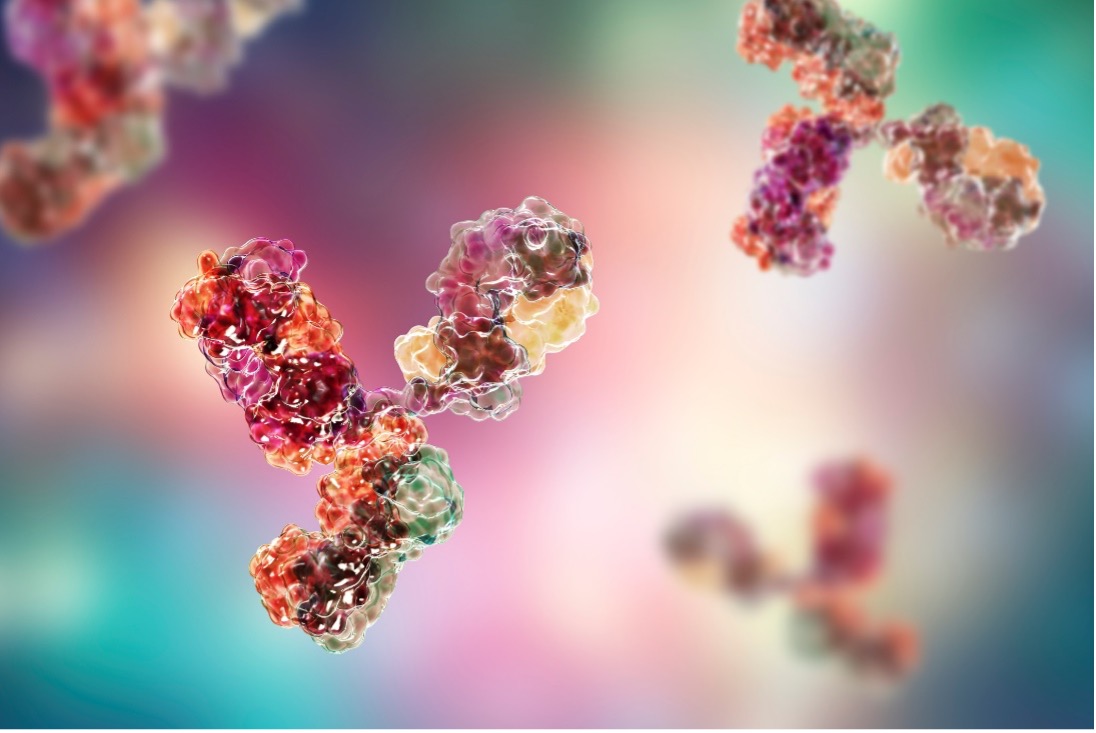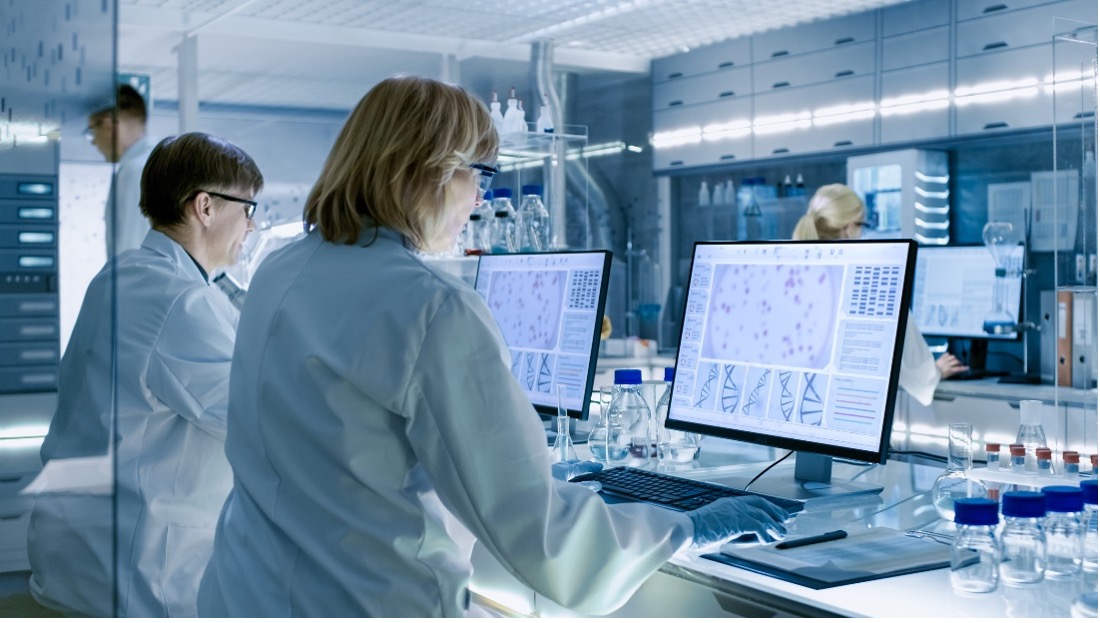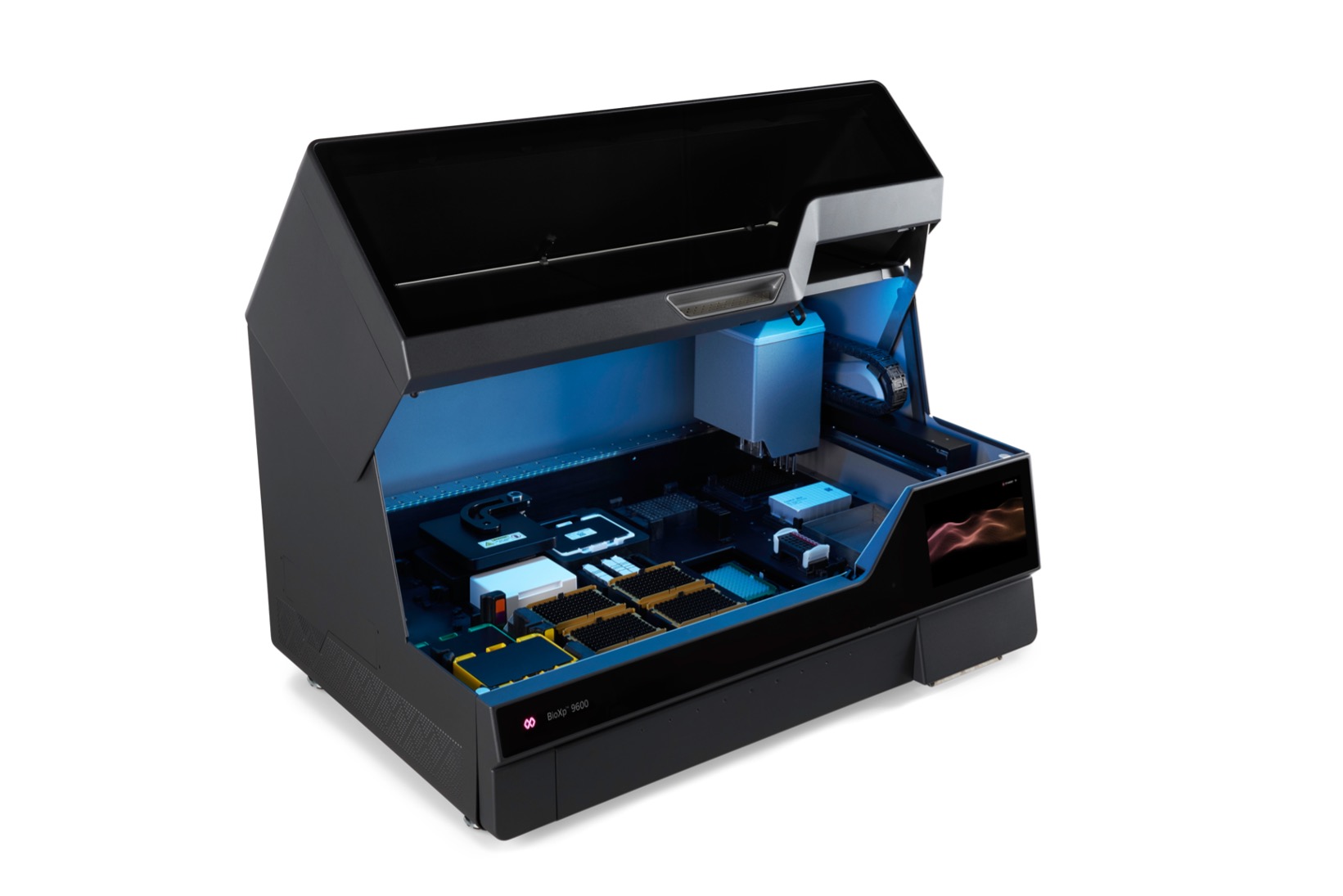Since Köhler and Milstein first succeeded in fusing myeloma cell lines with B cells to create hybridomas in 1975,1 antibodies have become well-established therapeutics. With advantages relative to selectivity, effector function, and bioavailability over small molecule drugs, antibody therapeutics are expected to grow to over a $245.8 billion global market in 2024.2
At the forefront of current drug development pipelines is the development of therapeutic antibodies directed against complex membrane protein families such as GPCRs and ion channels. Both these target classes offer significant therapeutic promise for a wide range of disease indications; however, they have also proven difficult to address with traditional antibody development approaches such as hybridoma and phage display.
To address these challenges, emerging technologies, enhanced methodologies, and higher efficiencies have all been required. Fortunately, critical technological and automation advancements that have been emerging over the past 15 years are synergistically reshaping the toolkit available to antibody discovery programs, but challenges remain.
In this article, we will not only review these key advances and their impact on the industry, but also highlight how complementary advances in synthetic biology are necessary to enable the speed and efficiency required in discovery workflows for complex antibody-based drugs and therapeutics.

Antibody discovery advancements
Single-cell characterization platforms
Shortly after the development of next-generation sequencing, researchers began exploring the possibility of sequencing individual cells. For the first time, endogenous pairing of heavy and light chain variable sequences in a given B-cell repertoire became possible.3 Advances in microfluidic handling technology rapidly led to the development of optofluidic platforms capable of profiling single cells with relevant phenotypic, genotypic, and imaging information.
The impact of this development on the field cannot be overstated. In fact, the central role that single-cell analysis platforms, such as 10X Genomics Chromium or Berkeley Lights Beacon instruments, have come to play in current antibody development can trace a direct line back to these developments.
Genetically engineered hyperimmune mouse models
Transgenic humanized mice strains have been developed that can produce chimeric human-mouse monoclonal antibodies composed of fully human Fab regions and mouse Fc regions.4 These animals can deliver robust and diverse immune responses, significantly improving the efficiency of obtaining lead candidate antibodies that meet difficult target specificity profiles.
High-throughput kinetics platforms
Advances in liquid handling automation have ushered in a new era of high-throughput lead candidate antibody characterization. Essential kinetic and affinity analysis, epitope binning, titer and concentration assessments can all be completed at a scale and pace that meets the challenging demands of current antibody development timelines.

Discovery workflow synergy
Thanks to these new tools, a high-throughput workflow has emerged that addresses the increased pressure on discovery pipelines to identify and validate high-quality lead candidates for new therapeutics. Antibody discovery programs can now rapidly generate large numbers of lead candidate antibodies directed against complex membrane-bound targets by leveraging transgenic humanized mice. Paired heavy and light chain variable sequences from murine B cell repertoires can then be readily characterized and sequenced. Further downstream in this new workflow, bulk kinetic and binding analyses of expressed antibodies can be rapidly accomplished.

BioXp 9600 system: the BioXp platform enables overnight automated synthesis of DNA fragments, clones, and variant libraries all with a push of a button – allowing discovery programs to drastically reduce their time to results.
The unaddressed challenge—Cloning throughput gap
Developing therapeutics against difficult target classes requires screening large pools of lead candidate antibodies. Thankfully, the advances discussed above in obtaining antigen-specific monoclonal antibody sequences make it possible to generate hundreds of candidate sequences rapidly. Downstream screening platforms now also enable rapid characterization.
However, between sequencing and screening lies an unaddressed process bottleneck: the cloning and expression of heavy and light chain variable sequences. To facilitate high production yields, codon-optimized lead candidate sequences must be synthesized and cloned into expression vectors. However, the infrastructure required to maintain adequate speed and throughput using traditional cloning techniques is a significant hurdle to antibody discovery pipelines. Despite the emergence of synthetic biology services to replace traditional molecular biology approaches for gene and plasmid synthesis, the standard turnaround time in the industry from submitting DNA sequences to having a transfection-ready plasmid is a suboptimal 4–5 weeks.
In an attempt to achieve high throughput across their entire workflow, antibody discovery labs have to grapple with either long wait times from synthetic biology service providers or hands-on, labor-intensive protocols often involving bacterial cultures, DNA extraction processes and quality control to build heavy and light chain constructs and amplify them before they are ready for expression.
There is a true market need for an optimal synthetic biology solution to seamlessly connect high-content sequencing data from B cell discovery platforms to downstream high-throughput antibody screening and characterization workflows to maintain consistent and high throughput throughout the discovery process.
If your antibody discovery program is limited by the speed of your capabilities in synthesis and cloning of lead candidates, you’re not alone. Contact our expert team to continue learning how Telesis Bio’s synthetic biology solutions can help you break free from traditional bottlenecks and significantly accelerate your antibody discovery pipeline.
References
- Köhler G, Milstein C. Continuous cultures of fused cells secreting antibody of predefined specificity. Nature. 1975 Aug 7;256(5517):495-7. doi: 10.1038/256495a0.
- Monoclonal Antibody Therapeutics Market: Expanding Cases of Cancer to Increase Growth Prospects of Market. BioSpace Nov 8, 2021.
- DeKosky BJ, Ippolito GC, Deschner RP, Lavinder JJ,Wine Y, Rawlings BM, Varadarajan N, Giesecke C, Dörner T, Andrews SF, Wilson PC, Hunicke-Smith SP, Willson CG, Ellington AD, Georgiou G. Highthroughput sequencing of the paired human immunoglobulin heavy and light chain repertoire. Nat Biotechnol. 2013 Feb;31(2):166-9. doi: 10.1038/nbt.2492.
- Integrated therapeutic antibody discovery solutions. Biopharmadeal makers.